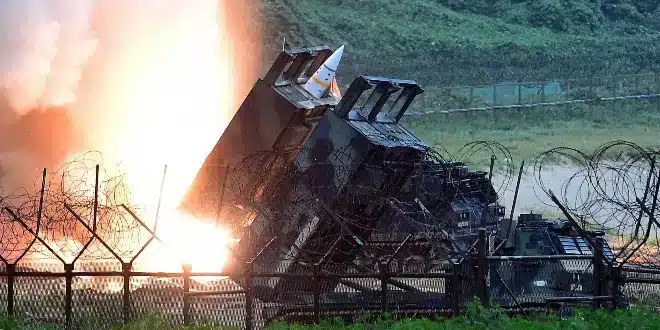President Joe Biden’s approval of Ukraine’s request to use long-range American missiles against Russian targets follows a familiar pattern in U.S. decision-making regarding military support for Ukraine.
Initially, the White House often resists granting Ukraine’s weapon requests, citing concerns about escalating the conflict. Ukraine protests the refusals, and just when the issue seems to have been sidelined, the U.S. administration eventually approves the request.
This pattern has been observed with requests for advanced weapons such as HIMARS, Abrams tanks, and F-16 fighter jets. However, the question remains whether the U.S.-made Army Tactical Missile Systems (ATACMS), now approved for use by Ukraine, will have a significant impact on the battlefield.
The situation is complex and sheds light on why the Biden administration hesitated. First, there is a limited supply of ATACMS available for Ukraine, and even if these missiles strike deep within Russian territory, they are unlikely to cause a swift shift in the war’s dynamics. The Biden administration has not disclosed the specific ATACMS variant approved for use, but the missile’s range can reach up to 300 kilometers (190 miles). While hundreds of Russian targets are within this range, the number of missiles Ukraine will receive is not enough to drastically alter the conflict.
Additionally, Ukraine has been using domestically produced, less expensive drones to penetrate deeper into Russian territory. These drones, funded in part by the U.S., have been effective in disrupting Russian military operations, especially around Moscow’s airports and energy infrastructure.
The approval to use U.S. precision missiles to strike further into Russia is a provocative step. Although Russia’s military is relatively weakened and unlikely to directly engage NATO or the U.S., Moscow will likely take steps to restore its deterrence. Russian intelligence agencies have been blamed for sabotaging civilian targets in Europe, adding to the potential for further escalation. The Biden administration carefully weighed the benefits of longer-range strikes against the risk of civilian casualties in NATO countries if Russia retaliated.
This decision was not as straightforward as some in Ukraine may have hoped. The broader goal seems to be pressuring the Biden administration to become more involved in the war, pushing it to take more aggressive action.
The White House has highlighted that the deployment of North Korean troops to Russia’s Kursk region influenced the decision, framing it as a response to Moscow’s own escalation. This move signals that the conflict has drawn in more global players, with U.S. adversaries in the Indo-Pacific now indirectly involved.
For Biden, the approval of these missiles marks an escalation in response to an escalation. His delayed decision underscores the symbolic significance of this move, making it even more impactful. President-elect Donald Trump may hope to push for peace, but he will inherit a war with higher stakes after this pivotal decision.


